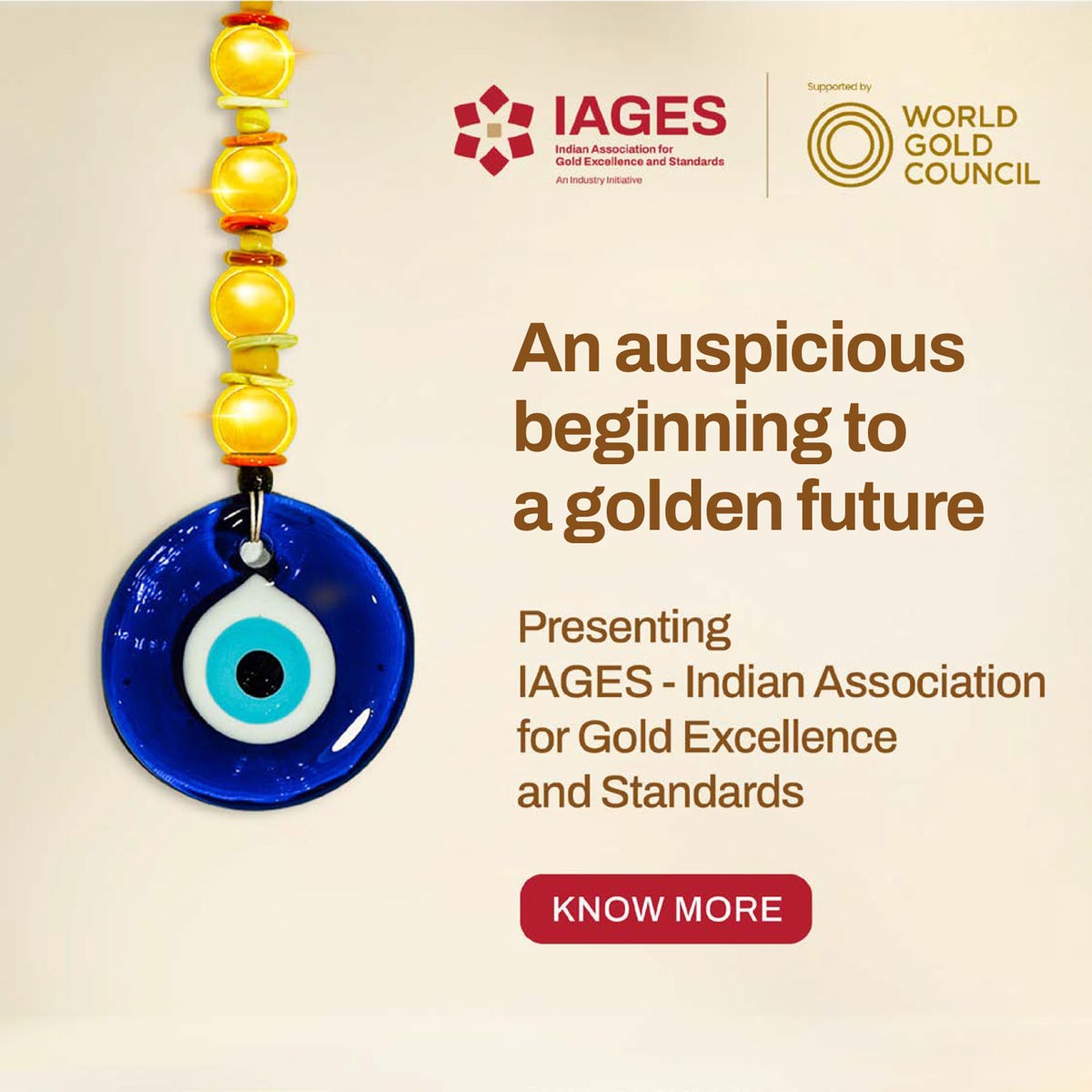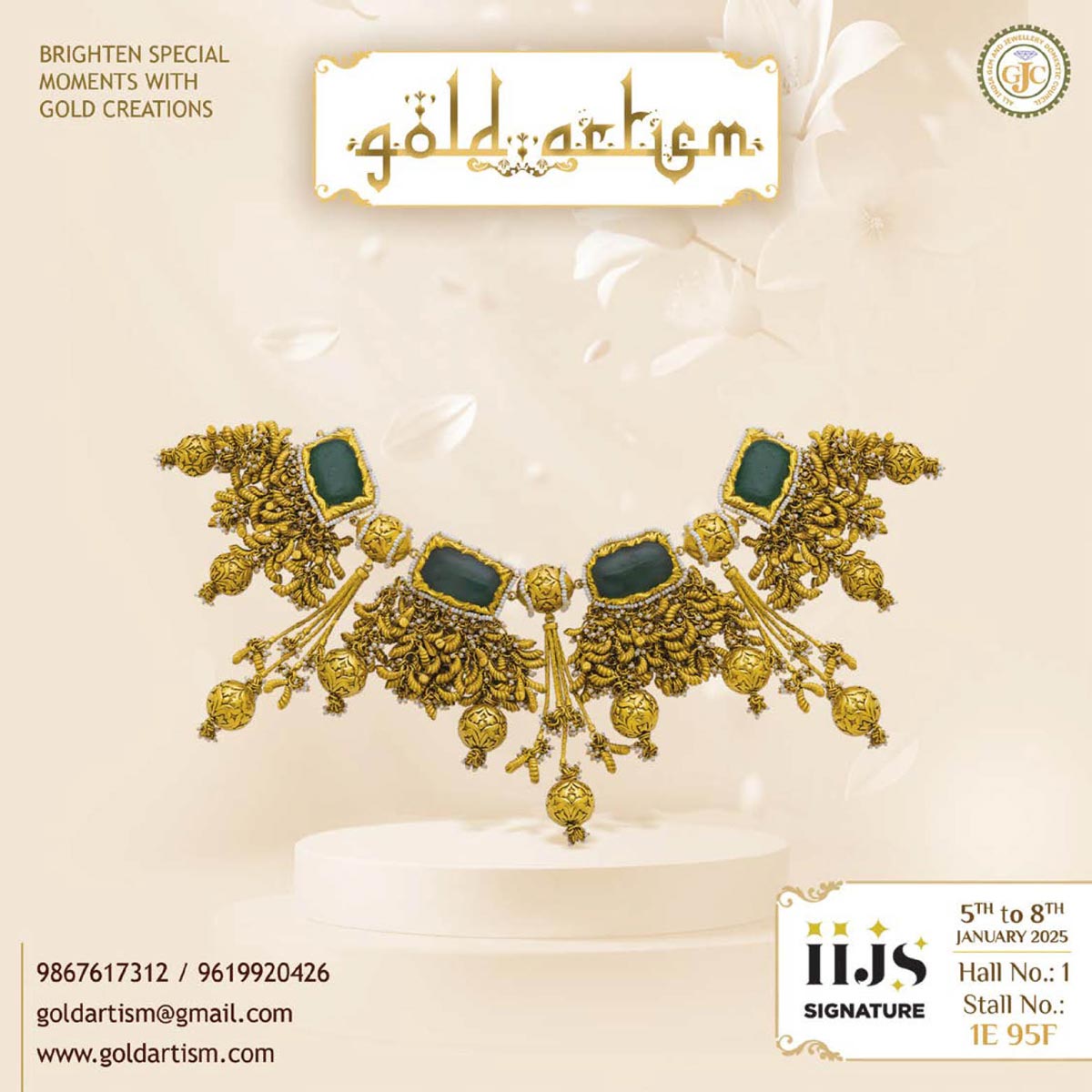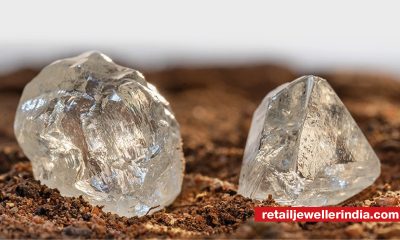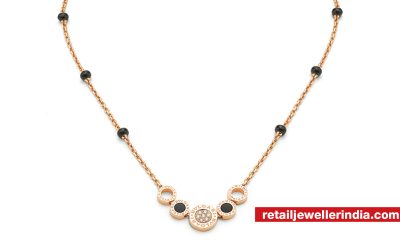RJ Market Watch
Millennials prefer studded ornaments to plain gold

Namisha Jain, a 24-year-old resident of Mumbai’s Napean sea Road quarters, has just stepped out of Umedmal Tilokchand Zaveri, an 80-year-old jewellery store in south Mumbai’s Zaveri Bazaar. Her wedding is in January, and the excited bride-to-be has just purchased a diamond bracelet for what she calls the “most special occasion” of her life. She’s mostly going for diamond-studded jewellery for the wedding rather than plain gold for two reasons. She feels they are lighter and comfortable, while being stylish. And she wants to use them round the year, rather than just on special occasions.
Thanks to buyers like Jain, the demand for studded diamond jewellery is rising at a fast clip in India, upending the traditional wisdom that diamonds were not going to make a dent in India’s deep love affair with gold. Some 20% of the jewellery sales by volume is now diamond-studded jewellery, according to industry executives, who also say that its sales share is rising by a few percentage points every year.
India’s total jewellery demand in 2018 was 598 tonnes. Of this, studded diamond jewellery accounted for around 20%, or 120 tonnes, estimates Chirag Sheth, senior research consultant with Metals Focus, a research firm. “That’s up from 15% share two years ago,” he said, adding that subdued demand for diamonds in parts of north India in the wake of the Nirav Modi scam was being made up by demand from elsewhere, such as south India.
MP Ahammed, chairman of Kozhikode-based jewellery chain Malabar Gold & Diamonds, can attest to this. Share of studded jewellery across the company’s stores has risen to 20.08% of total sales in FY19, up from 17.81% in the previous fiscal. At Malabar as well as other chains, the space reserved for retailing diamonds and studded jewellery has been rising steadily.
Even in parts of India where the market share of diamond-studded jewellery isn’t as high, retail outlets are seeing rapid growth in sales. Shaankar Sen, CMD of Senco Gold, a chain with 106 retail outlets and a strong presence in eastern India, says the share of studded jewellery sales in his stores has doubled to 11.5-12% in just the past couple of years.
Many younger customers prefer jewellery that’s not too heavy. Plain gold ornaments, made with 22 carat gold, is heavier than diamond-studded gold jewellery, typically made with 14 or 18 carat gold.
Market share growing every year
At Tanishq, India’s largest jewellery retailer, sales share of diamond-studded jewellery has been growing every year by a “few percentage points” across its 290 stores, according to Sandeep Kulhalli, senior vice president for retail & marketing. The trend is fuelled by the rising preference for lighter, studded jewellery among young customers.
At Zaveri Bazaar, where some 3,000 jewelleries do business cheek by jowl in a decidedly unglamorous market, with crowded alleyways and decrepit buildings, the shift in demand is sparking perceptible changes. The storefront displays are still dominated by gold jewellery featuring intricate designs, made by some 300,000 goldsmiths operating out of small units in and around the market. But inside, shops have started making more space for the shimmering stones. At Ummed Jewellers in Dagina Bazar (an adjoining market that’s part of the extended jewellery trade), a 50-year-old outlet, the mezzanine floor was turned into a retail space for diamond jewellery a few years ago. Zaveri Bazaar, where the jewellery trade dates back to the early 19th century, makes space only once a trend has been ascertained to not be a passing fad.
SHIFTING TASTES
RESERVING MORE SPACE
Responding to demand, jewellers are both opening stores in tier-II and tier-III towns, and also reserving more space for retail diamond jewellery. Forevermark’s Jain claims that over the past two years, the space allocated to diamonds by retailers as a category had increased 2.5 times.
While typical store sizes in the cities is about 3,000 square feet, in smaller towns they tend to be 1,500-2,000 square feet, says Ahammed of Malabar Group. The statistic that makes diamantaires the most hopeful is India’s low share of diamonds sold globally. While the US accounts for 50% and China 17%, India accounts for just 7%. For them, that means there is only one way to go.




 Daily News2 months ago
Daily News2 months agoBvlgari adds designs to its pathbreaking mangalsutra collection ahead of wedding season

 Daily News1 month ago
Daily News1 month agoTrent, a TATA subsidiary, launches lab-grown diamond brand ‘Pome,’ shares surge 7.67%

 Daily News2 weeks ago
Daily News2 weeks agoMalabar Gold & Diamonds launches ‘Heritage Show’ in Mangalore, featuring jewellery inspired by Maharanis

 Daily News3 weeks ago
Daily News3 weeks agoSavji Dholakia’s visionary water conservation project ‘Bharatmata Sarovar’ reinforces commitment to sustainability























